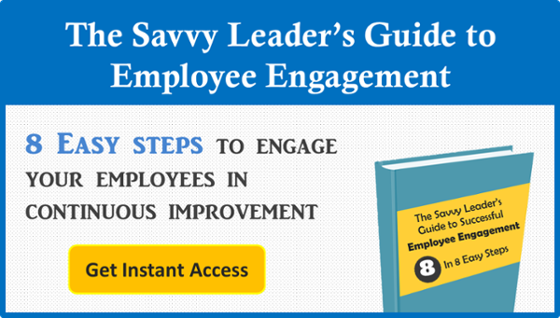 Most business leaders recognize the advantages of effective cross functional collaboration and encourage it within their organizations. However, achieving it is among the most challenging matters that many face. Why is that? For some, it is because they are missing one or both of the most important indigents for successful cross functional collaboration, trust and context.
Most business leaders recognize the advantages of effective cross functional collaboration and encourage it within their organizations. However, achieving it is among the most challenging matters that many face. Why is that? For some, it is because they are missing one or both of the most important indigents for successful cross functional collaboration, trust and context.
Trust
When employees and leaders begin to think of the organization as a group of divisible, compartmentalized groups the result is “tribalism” or silo-building. When there is a lack of trust between the tribes, collaboration efforts falter. A lack of trust distracts people from their jobs, wastes energy and resources, and disrupts the flow of information, harming your organization’s ability to compete and innovate.
Trust between different parts of the organization can be established only through a series of promises kept. Leaders can help bridge the silos and develop a culture of trust by aligning the goals and incentives of the organization as a whole, instead of rewarding selfishness and suboptimization. Successful collaborative efforts should be celebrated and broadcast widely. Leaders and team members should be held as accountable for their cross-functional efforts as they are for their primary role.
Context
Every employee sees the organization from a different point of view. Often, one team’s understanding of the goals, priorities and strategy of the organization can be very different from another’s. This lack of context impedes cross functional collaboration and makes it more difficult to extract and act on new ideas.
Cross functional collaboration thrives in environments with clear communication about objectives, key performance indicators, and the significance and urgency of every mission. Value stream mapping can be used to help create broader context and understanding as well.
Giving every employee this context empowers them to make better decisions and it gives teams the freedom to act independently, while still furthering the interest of the business. Leaders that provide the tools to give every person insight into the activities and goals of others set the stage for effective collaboration.
Trust and context are simple words, but the concepts are not trivial and they do not happen on accident. Every leader in the organization should be focused on creating the values and structure that will support them. When they are achieved, business improvement and innovation through collaboration becomes a realistic expectation for the entire organization.



Add a Comment